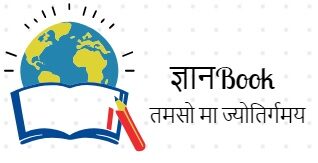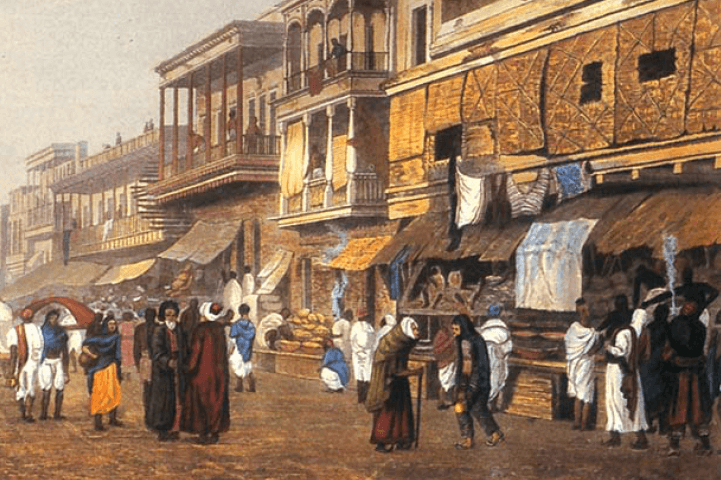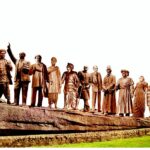I. North India (Rajputa Period)
After Harshavardhana, the Rajputas emerged as a powerful force in Northern and dominated the Indian political scene for nearly 500 years from the 7th century
Tripartite Struggle
>> Towards the close of the 8th century AD, there were three great power in India the Palas in the East, the Gurjar-Partihara in the North and the Rashtrakutas in the Deccan.
>> The tripartite struggle for the supremacy among the Palas, Partiharas and the Rashtrakutas was the important event of these centuries.
>> The main cause for this struggle was the desire to possess the city of Kannauj (Kannauj Distt ., UP) Which was then a symbol of sovereinity.
The Palas : 750-1150 Capital : Muddagiri/Munger (Bihar)
>> Gopala founded the Pala empire in 750 AD.
>> His son Dharmpala (770-810) succeeded him. Dharmpala revived Nalanda University.
>> He founded the Vikramshila University.
>> The Pala dynasty was succeeded by Sena dynasty of Bengal. Jayadeva (‘Gita Gobinda’) was the great court poet of Luxman Sen.
The Pratiharas : 730-1036
>> Bhoja/Mihir Bhoja (836-882) was the greatest ruler of of this dynasty.
>> He was a devotee of Vishnu and adopted the title of ‘Adivarah’.
The Rashtrakutas : 752-973
>> Dantidurg (752-756), who fixed his capital at Malkhand/Malkhed (Gulbarga distt ., Karnataka), founded the Kingdom.
>> The greatest Rashtrakuta rulers were Govinda III (793-814) and Amoghvarsha (814-878). He was himself an author and wrote Kavirajamarga, the earliest Kannada book on Poetics.
>> The famous rock-cut temple of Kailash (Shiva) at Ellora was built by one of the Rashtrakuta kings Krishna I.
Other Important Rulers
>> Prithviraj Chauhan (1178-92) : He ruled over Delhi and Agra and fought two important battles, viz. –
First Battle of Tarain was fought in 1191 between the forces of Prithviraj Chauhan and Mohammad Ghori in which the latter was ball defeated.
Second Battle of Tarain was fought in 1192 when Mohammad Ghori again invaded India in which Prithviraj Chauhan was defeated and captured and later on slain.
The Kingdom of Delhi fell to Mohammad Ghori. The Battle of Tarain had great significance in the political scene as it led to the establishment of Muslim rule over North India and, subsequently, in the South for several centuries.
>>Jai Chand Gadhawal/Rathor (1169-94) : He was the last Rajputa King who was also defeated and killed by Mohammad Ghori in the Battle of Chandawar (1194).
>>Rana Kumbha, the Sisodiya ruler of Mewar (1433-68) : Rana Kumbha was the famous ruler of Mewar. He defeated Mohammad Khilji and erected the Tower of victory (Vijay Stambha) in Chittor. His successors Rana Sangram Singh (Rana Sanga) and Rana Pratap were also great kings of Mewar state.
>>Salient features of the Rajputa Kingdoms :. In the field of culture many great fortresses and temples were built by them such as Khajuraho (MP), Lingaraja temple (Bhubaneshwar, Orissa), Sun temple (Konarka , Orissa), the Jagannath temple (Puri), Dilwara temple (Mount Abu).
II. South India (Cholas and Others)
The Chola Empire : 850-1279AD Capital : Tanjore, Gangaikondacholapuram
>> The founder of the Chola dynasty was Vijayalaya, who was at first a feudatory of the Pallavas. He captured Tanjore in 850 AD.
>> The greatest Chola rulers were Rajaraja (985-1014AD) and his son Rajendra I (1014-1044AD).
>> Rajaraja built Vrihadeshwar/Rajarajeshwar temple (attributed to Shiva) at Tanjore.
>> Rajendra I conquered Orissa, Bengal, Burma and Andaman and Nicobar islands. The Chola dynasty was at its zenith during his reign.
>> Rajendra I assumed the title of Gangaikondachola and built a city called Gangaikondacholapuram.
>> The last ruler of Chola dynasty was Rajendra III.
>> The Chola empire was divided into Mandalams (Province) and these in turn were divided into Valanadu (Commissionary), Nadu (District) and Kurram (a group of villages).
>> The arrangement of local self-government is regarded as the basic feature of the administration of Cholas.
>> Land revenue and trade tax were the main sources of income.
>> The style of architecture which came into vogue during this period is called Dravida e.g. Kailashnath temple of Kanchipuram.
>> Another aspect was image-making which reached its climax in dancing figure of Shiva called Nataraja.
>> Kambana who wrote Ramavataram was one of the greatest figures of Tamil poetry. His Ramayana is also known as Kamba Ramayana.
>> Kambana, Kuttana and Pugalendi are considered as ‘three gems of Tamil poetry‘.
>> In the temples, the Vimana or the tall pyramidal tower dominates the whole structure of the shrine and imparts an extraordinary dignity to it.
>> Gopuram and Garbhagriha are the other two important structures.
Featured Image Courtesy: https://t.ly/ROJN0



